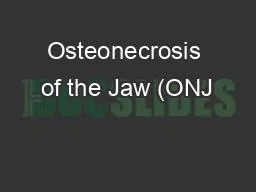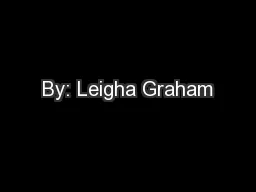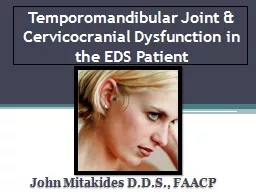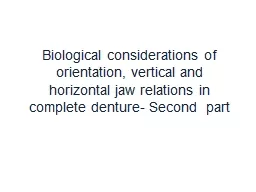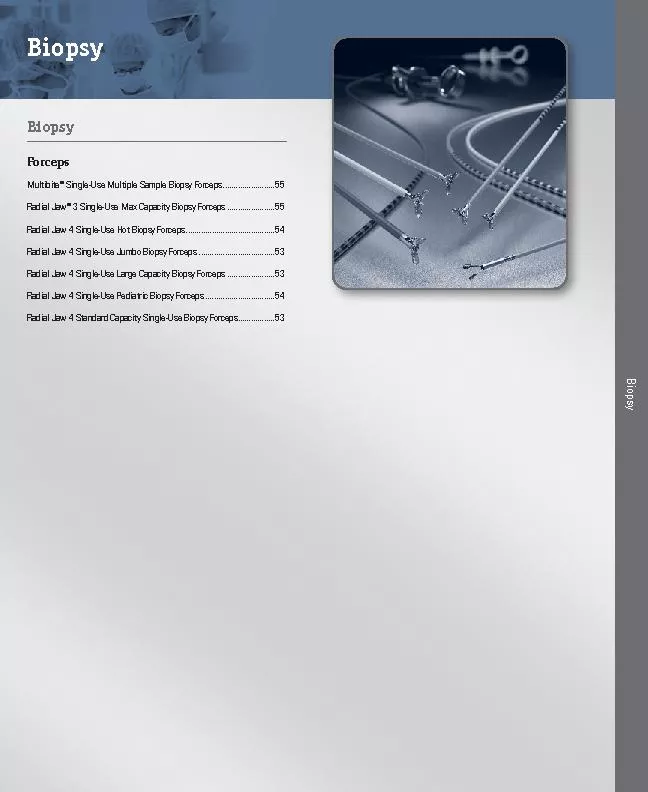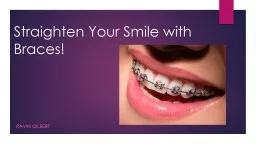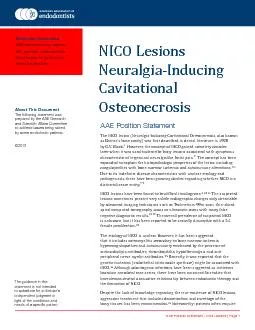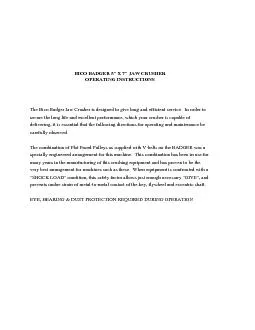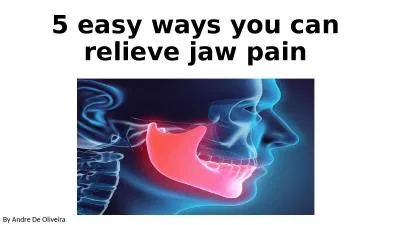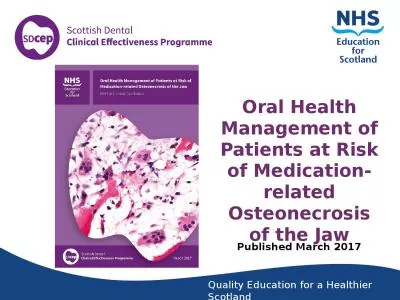PPT-Osteonecrosis of the Jaw (ONJ
Author : criticanime | Published Date : 2020-06-24
I nternational Consensus 2015 Aliya Khan MD FRCPC FACP FACE Clinical Professor of Medicine McMaster University for the International ONJ Task Force ONJ Task
Presentation Embed Code
Download Presentation
Download Presentation The PPT/PDF document "Osteonecrosis of the Jaw (ONJ" is the property of its rightful owner. Permission is granted to download and print the materials on this website for personal, non-commercial use only, and to display it on your personal computer provided you do not modify the materials and that you retain all copyright notices contained in the materials. By downloading content from our website, you accept the terms of this agreement.
Osteonecrosis of the Jaw (ONJ: Transcript
Download Rules Of Document
"Osteonecrosis of the Jaw (ONJ"The content belongs to its owner. You may download and print it for personal use, without modification, and keep all copyright notices. By downloading, you agree to these terms.
Related Documents

